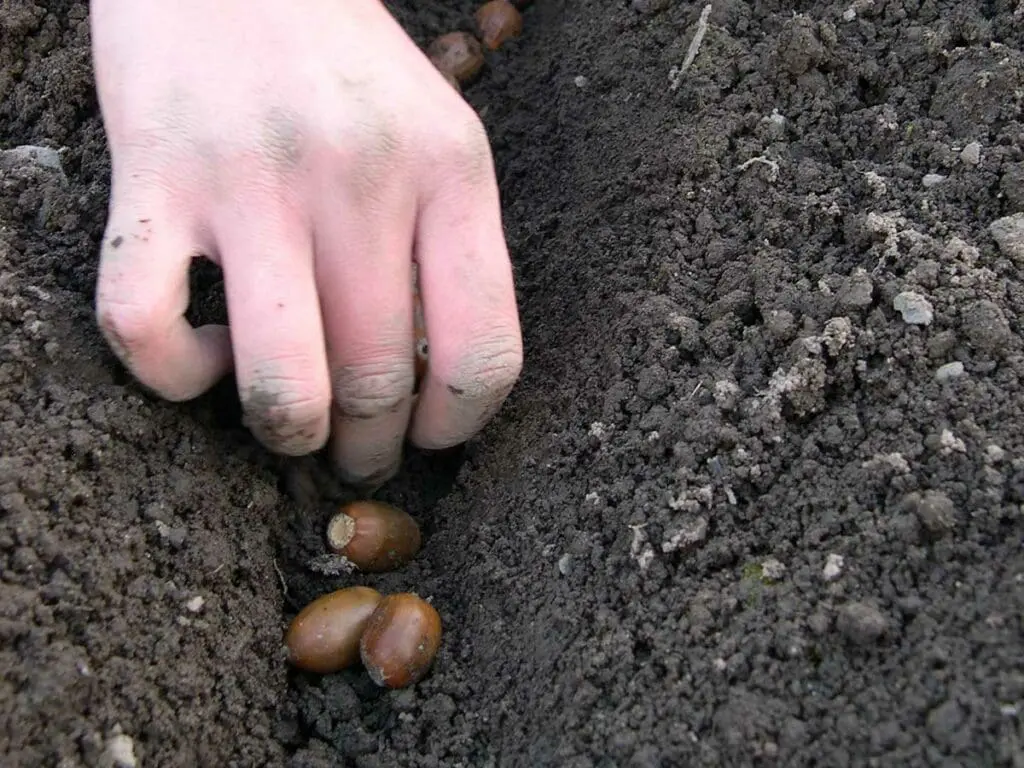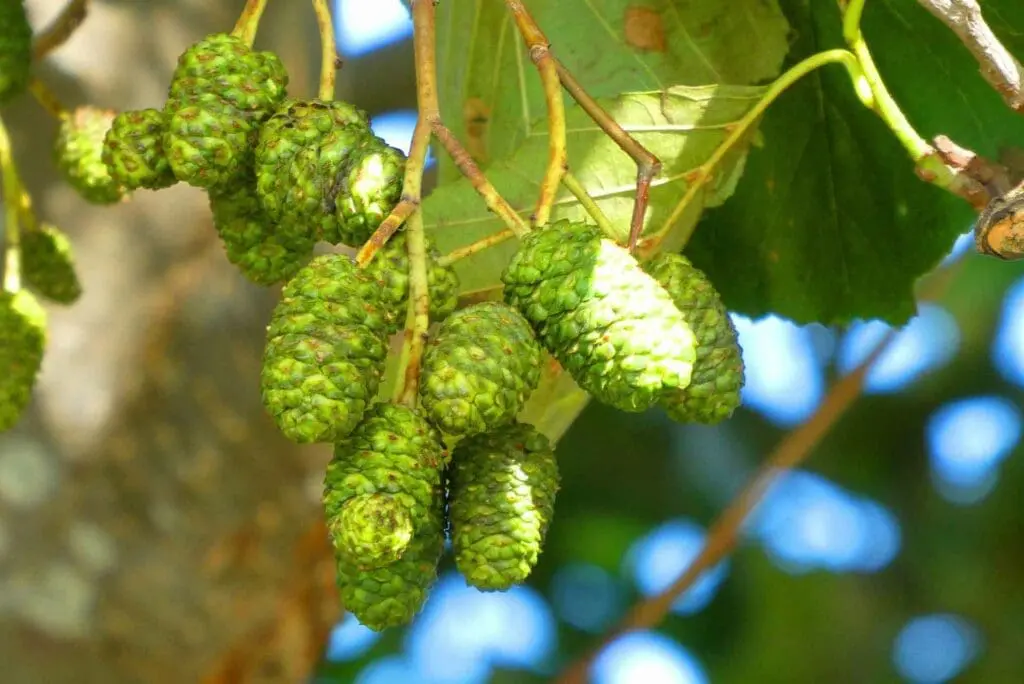- Common name: Scots Pine
- Scientific name: Pinus sylvestris
- Family: Pine (Pinaceae)
- How to identify Scots Pine
Picking
Scots pine generally only produce cones high up in the canopy, so collecting can be difficult. To avoid climbing (which we don’t recommended!) it may be necessary to collect seed from the ground, but they are often carried far away on the wind.
Good quality Scottish seed can be bought from seed merchants in the UK. You may be lucky and find cones below the tree still with seeds inside.
![USDA-NRCS PLANTS Database / Herman, D.E. et al. 1996. North Dakota tree handbook. USDA NRCS ND State Soil Conservation Committee; NDSU Extension and Western Area Power Admin., Bismarck, ND. [Public domain] Open pine cones](https://nativetreesfromseed.com/wp-content/smush-webp/2019/09/scots-pine-cones-1024x691.jpg.webp)
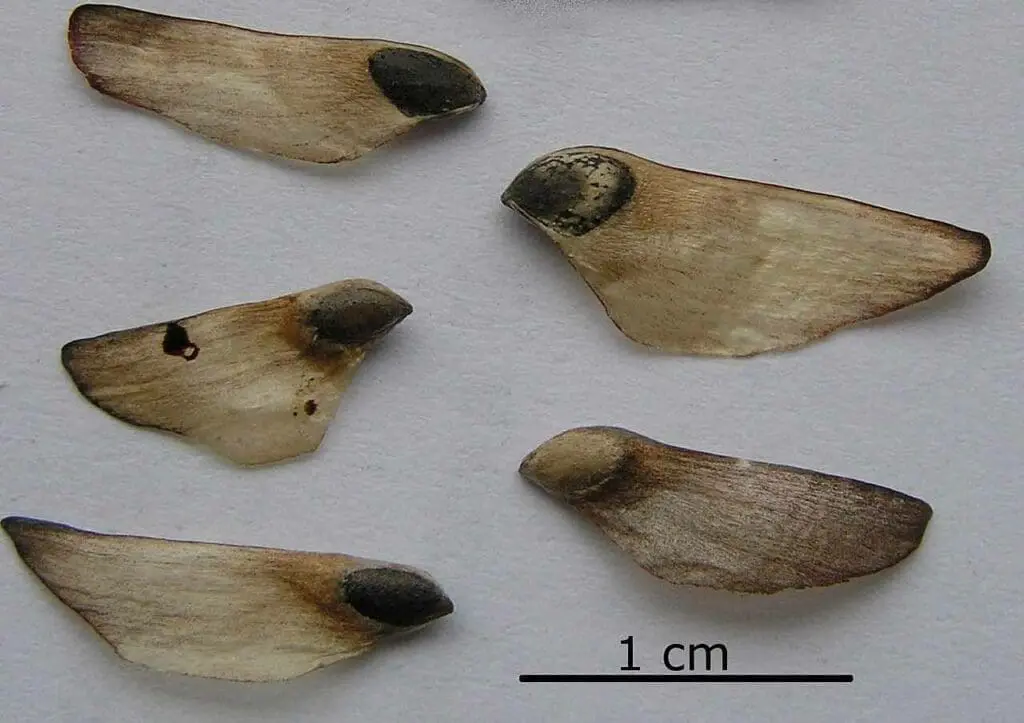
Extraction and storage
The cones can be laid out somewhere warm to slowly open and release their seeds. Place them in a biscuit tin in the airing cupboard or above a radiator to speed up the process.
Pretreatment
Quite often, Scots pine seed does not benefit from pretreatment although four weeks in a fridge, mixed with moist sand loosely sealed in a plastic bag, sometimes improves germination. This should be started four weeks before the planned sowing date (in March for an April sowing).
Sowing
Sow the seeds thinly onto prepared seedbeds or trays, cover with a thin (5mm) layer of horticultural grit or sand, firm and keep moist.
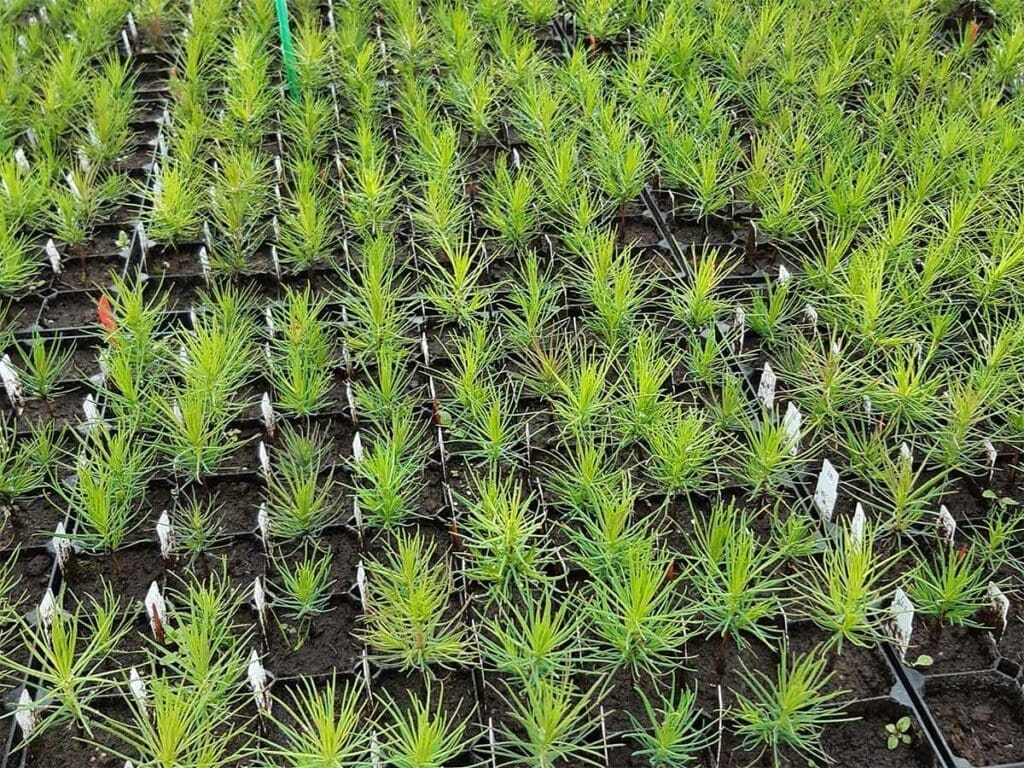
Watering
Keep moist at all times.
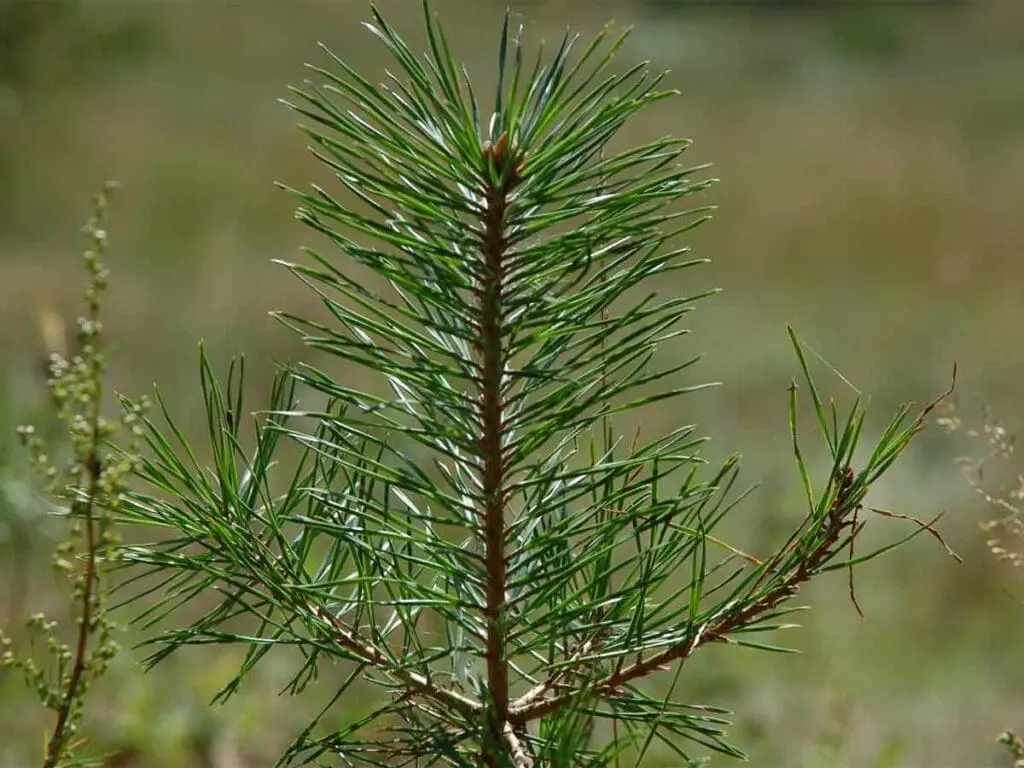
Growing
Leave the young plants until the autumn and repot them if they are in containers. If they are in seedbeds, leave them for two years, until they are big enough to move to final positions.
Planting
Prepare the site well by clearing away any weeds or grass and make a hole big enough to accommodate the root ball. Plant carefully in the hole, to the same depth as it was previously growing, and firm back the soil.


